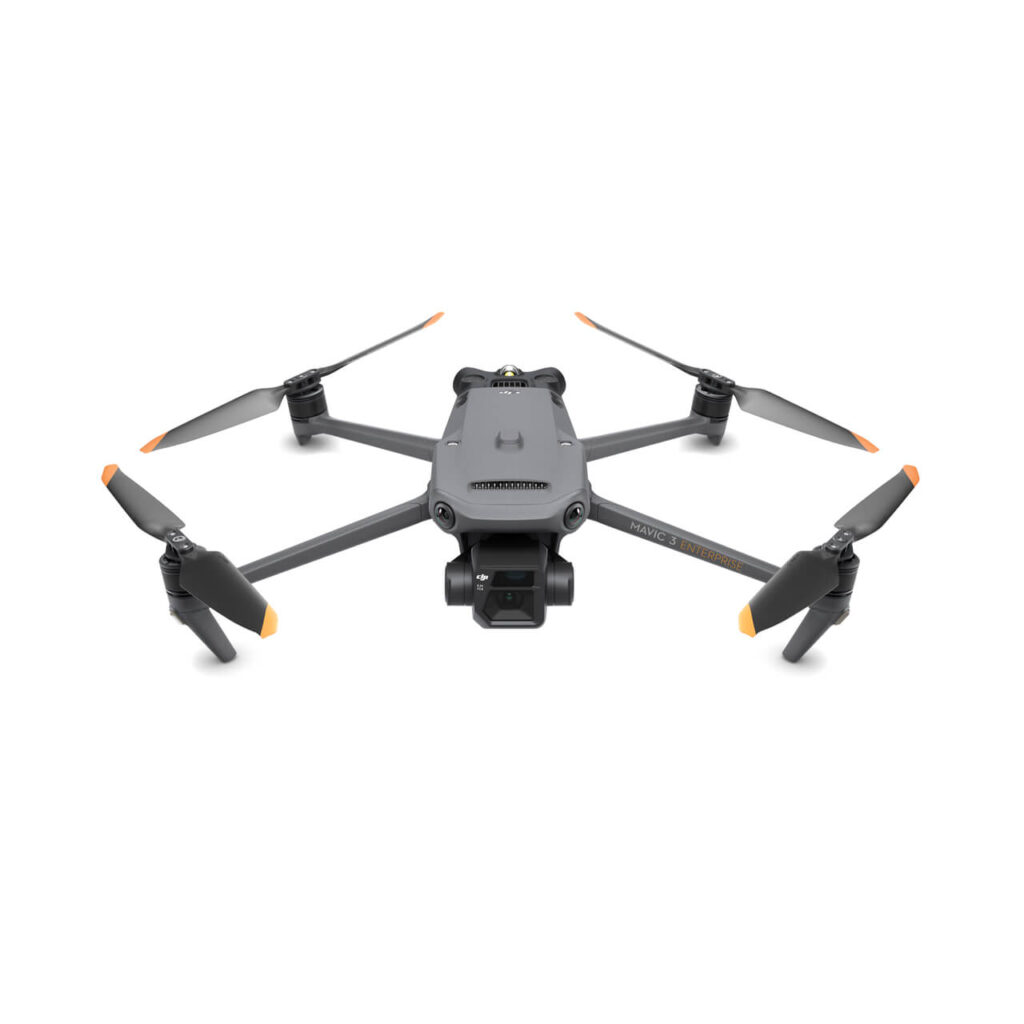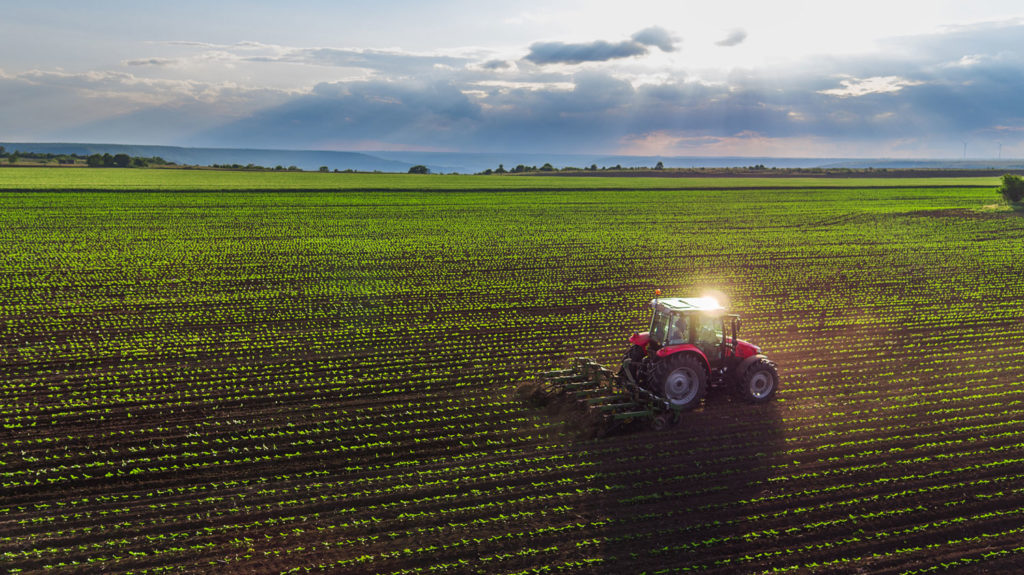
Agricultural Drones & Farming Drones
Farms and ranches in the US are the most productive they’ve ever been. American growers feed the world, and they need the best tools to keep adding more output per acre as demand for high quality, nutritious crops expands rapidly. Using agricultural drones (aka UAVs or unmanned aerial vehicles) is the next logical step in the progression of increased yields and decreased costs, so let’s explore some of the ways you can use the sensors these farming drones carry for advanced precision agriculture.
What Is Precision Agriculture?
Precision Agriculture is the science of using data and sensors to take specific actions on your field at the right time. In the past, growers had to rely on rules of thumb or generalizations about the time of year and crop conditions to apply pesticides, fertilizers and other soil prescriptions.
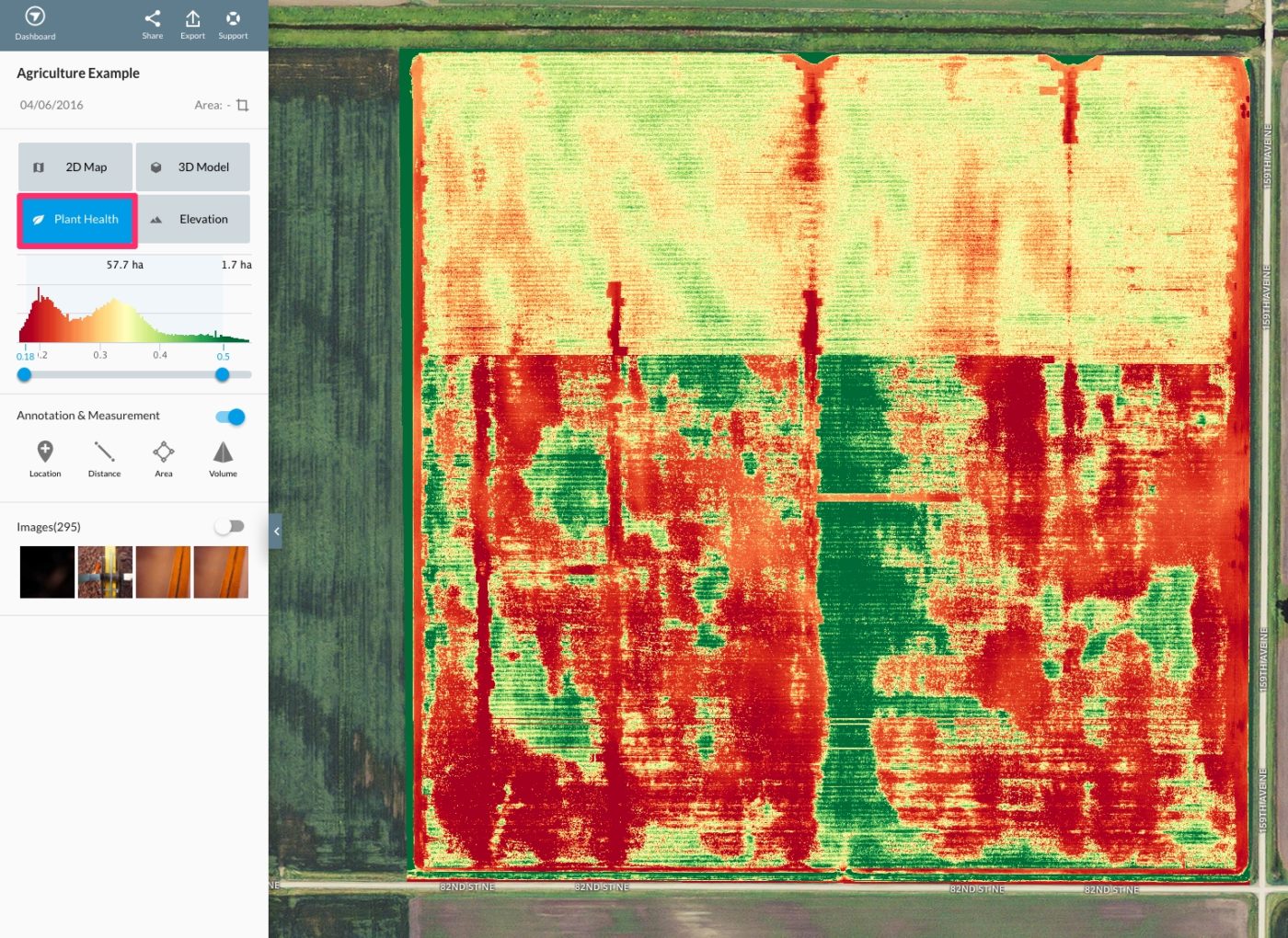
Now, by using agriculture drones and their instant data gathering capabilities, you can diagnose problems, estimate yields, and apply exact amounts of the correct product at the perfect time. All this information gathered by your precision ag drone helps you get the best possible harvest at the lowest costs.
How Much Do I Need to Spend?
Drones with visual spectrum (traditional) cameras such as the DJI Mavic 3 Series or DJI Air 2S can be rented for just a few hundred dollars per week. When you’re ready to invest in a weather tolerant, professional drone like the DJI Matrice 300, you can purchase a base unit and expand as your needs change. The beauty of the Matrice series drones is their modularity, so purchasing an agriculture-specific Multispectral Sensor allows for a 10-second swap between visual and near-IR imaging.
How Agricultural Drones Fit Into the Precision Ag Ecosystem
Drones supplement other precision agricultural collection methods (like the sensors in your planter, harvester, and irrigation systems) by providing both the “big picture” and the “small picture.”
Overview mapping of the “Big Picture”
To get the “big picture”, we see our clients buy or rent a farming drone to get detailed, high-resolution maps of their entire farm or ranch using multiple smaller photos and image-stitching software from companies like DroneDeploy. Once these georeferenced, orthomosaic maps are created, growers can get an overview and look for problem spots right away. Ranchers will often use these larger images to see where patches have become over-grazed and need time for recovery.
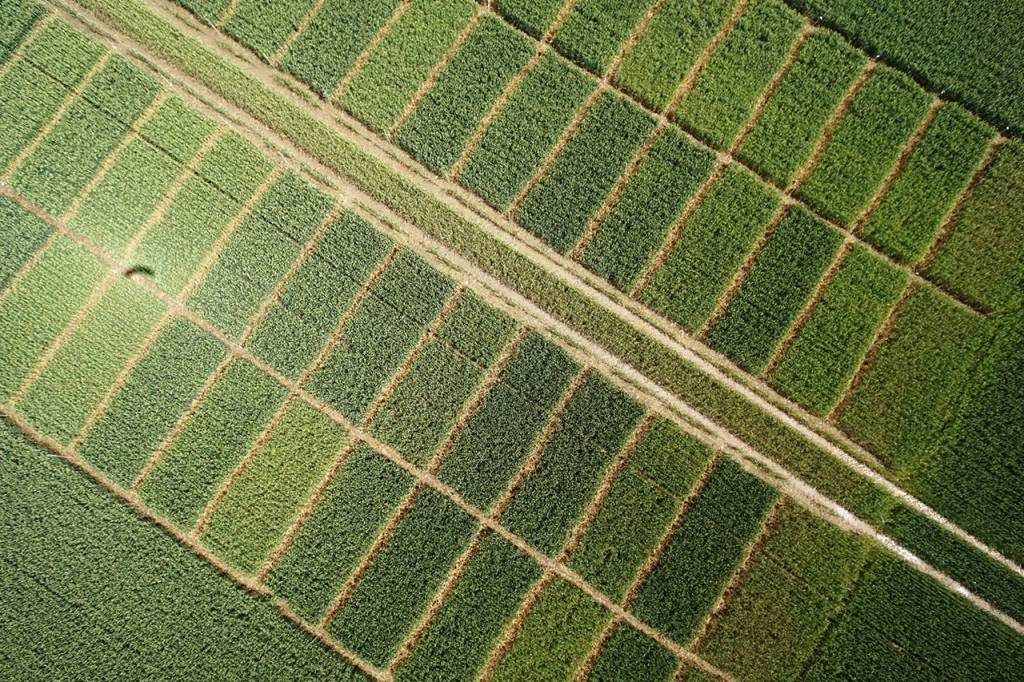
Close-Up Problem Solving of the “Small Picture”
When a problem spot is identified, you can then use an ag drone to look at a specific spot on the field by descending to just a few feet above the problem area and recording close-up pictures and video to determine the next steps. Modern farming drones have such excellent cameras that individual weeds can be identified using this technique. Moreover, with live-video control ranges of around 4 miles, almost every farm in the US can be scouted and mapped by a single ag drone each.
Beyond-Visual Imaging Overview
With farming drones and UAVs that use traditional cameras (i.e. “RGB” sensors for red, green, blue), you can replace expensive manned aircraft and helicopter flights that could cost thousands of dollars per hour. With agricultural-specific sensors like an NDVI-modified camera, you can replace beyond-visual imaging that was once only possible through satellite imaging.
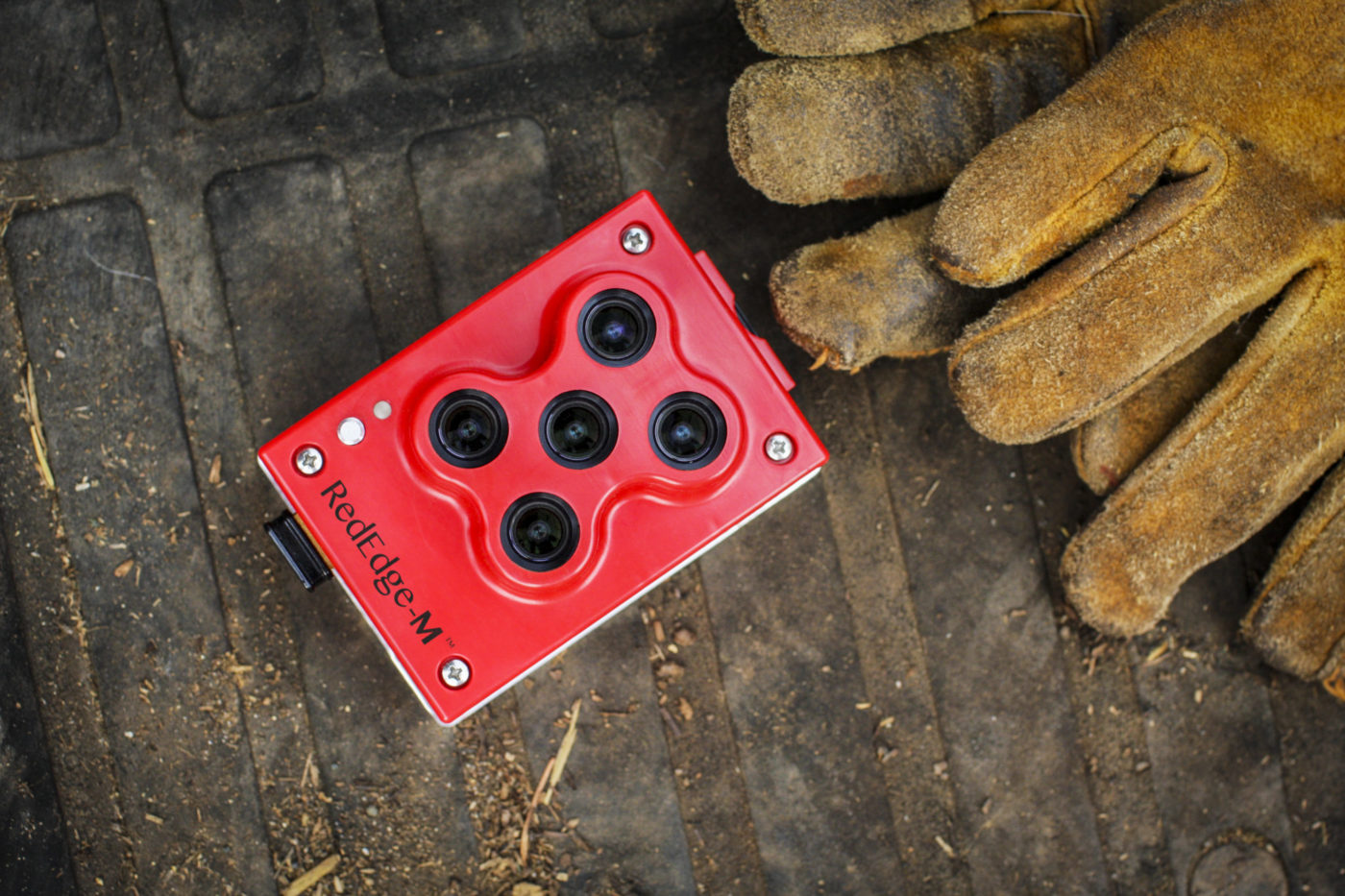
What is NDVI?
NDVI is an acronym that refers to the Normalized Difference Vegetation Index. Subtracting the data of an image taken with a traditional RGB camera sensor from an image taken using a sensor that can see into the infrared spectrum (“near-IR”, but still invisible to our eyes) yields an entirely new image that shows the overall health of a plant. Depending on the species of crop, NDVI drones combine individual portions of the near-IR and visible spectra to show areas where irrigation, fertilization, pests or disease are causes for concern. Healthy plants and stressed plants that look identical to the naked eye reflect differently in the near-infrared spectrum. This unique facet of NDVI imaging with drones means that you can detect and prevent problems well before the season’s output is impacted.
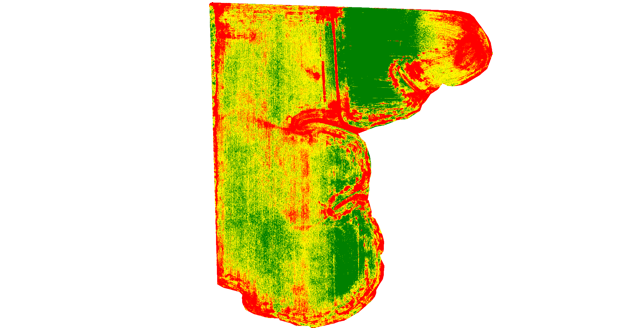
More than just diagnosing problems, you can use an NDVI drone to predict harvest yields much sooner than has been possible before. This fascinating case study shows that just 42 days after planting the scientists were able to predict the results of the different treatments applied. This ability has powerful implications for pricing or futures contracts, insurance, labor and equipment planning, as well as your general peace of mind. Combined with regular, automated flights and integration into your existing software and sensor data, NDVI imaging from agricultural drones has the potential to completely transform your approach to farming.
Agricultural Drone Options
To start out, we suggest renting an easy-to-use drone like the Mavic 3 Enterprise. It has a visual spectrum camera, includes a bright screen on the remote control unit, and is ready to go out of the box. You can jump right in with the Mavic 3 Multispectral that has RGB and Multispectral sensors for NDVI data collection.
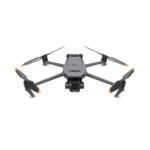
Once you decide to try beyond visual spectrum imaging, the DJI Matrice 300 series is your best bet. You can attach and remove cameras as your needs change. Powered by one or two batteries, the DJI Matrice 300 brings very flexible flight time and payload combinations. We recommend the Matrice 300 with Micasense Altum, a high-resolution camera modified for NDVI imaging.


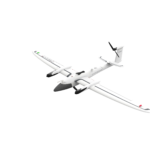
For larger farms, 100 acres and above, you’ll want a longer flight time drone. The Quantum Trinity F90+ both fly longer and faster than a traditional quadcopter and are purpose-built with aerial surveying of farms in mind.
These fixed-wing ag drones can take images of areas several times larger than a small DJI model. The Trinity, for example, can fly up to 90 minutes on a single charge, covering an area of over 3,000 acres at 5 cm/pixel resolution. Because it takes off and lands like a traditional multicopter, you don’t need any special runways or catching equipment. Renting for a few hundred dollars per day, the Quantum Trinity is the perfect way to complete a drone survey of even the largest farms.
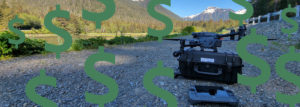
Why are drones so expensive?
Now wait a minute!! Are drones expensive? I believe that is the perspective of the buyer. So to approach this question we really need to divide this into 2 perspectives. The first perspective is that of a hobbyist or a person looking to buy a toy drone or remote control flying thingy. The second perspective is that of a professional looking for a tool to perform a job with more efficiency and ultimately at a lower cost of traditionally performed work. Cost can be in the form of money, safety or even time. Sure there may be other costs but this covers a majority of the costs to perform work. Hobbyist Perspective So first, the hobbyist. Drones geared towards a
Related Products
